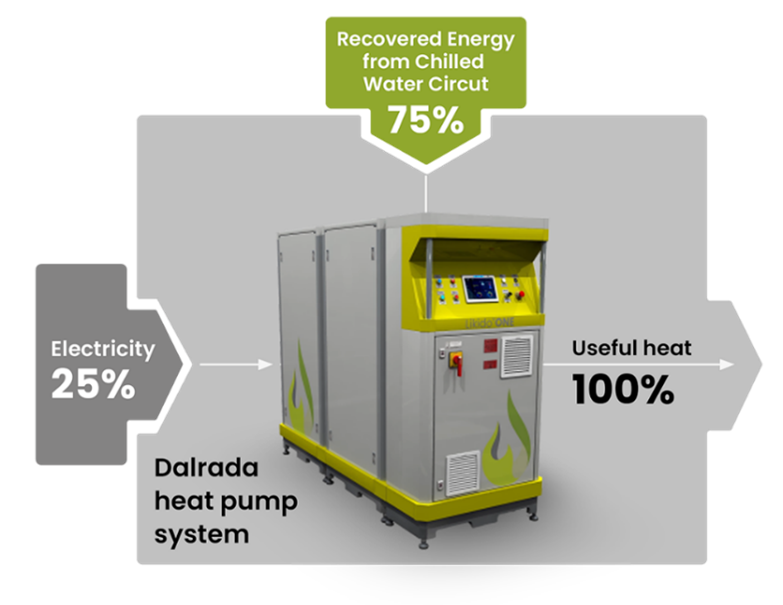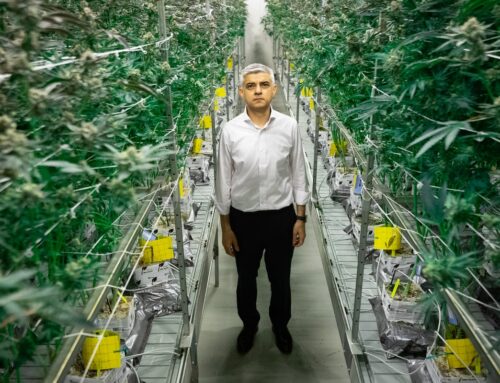| There seems to be no doubt that Electric vehicles (EVs) will become more prominent and eventually replace fossil-fueled engines. While currently still more expensive to buy, they are cheaper to maintain and operate in the long run, and manufacturing costs and prices will decrease with increasing demand. Charging an EV costs less than fueling a gas-engine car, especially with currently high and unstable gas prices.
Global plugin vehicle registrations were up 45% in August 2023 compared to August 2022, rising to 1,238,00 units. Plugins represented an 18% share of the overall auto market. Nevertheless, while operating an EV is considered more environmentally responsible and economical over time, charging, producing, and deposing EV batteries requires a lot of energy and resources, putting a high demand on our electricity grid and potentially creating a negative environmental impact we yet must learn how to manage economically.
Energy Demand is increasing rapidly.
While sales of electric cars are rising fast, especially in States like California, there is one growing concern about the “electrifying everything” movement. As the transition to EVs over the next few years accelerates, the average US household will need around 2,363 kilowatt-hours (kWh) of additional electricity to power each vehicle, according to the Department of Energy’s 2020 RECS survey. Add to this the constantly increasing demand from commercial facilities.
The Load on the Grid
This will significantly increase the load on the electrical grid, a network that has been powered by gasoline and diesel for the last century. The expected increase of 2,363 kWh represents a 22% increase in the annual consumption of the average household, which currently uses 10,632 kWh per year. Commercial facilities use about 22.5 kilowatt hours per square foot, equating to roughly 35% of the total power use, mainly fueled by natural gas, petroleum, and coal. It will be nearly impossible to produce enough clean electricity to replace the fossil fuels used in fueling cars and heating and cooling households, satisfy the increasing demand by industrial facilities and transportation, and ensure the grid is strong enough to deliver it, especially under extreme weather conditions.
About half of the US facilities (home or commercial) still have electric resistance water heaters; the other half is fossil-fueled, representing the most significant load on our electric grid. If we can switch these traditional installations to heat pump water heaters, we will save 2,820 kilowatt hours in US households alone, according to Energy Star estimates, and we will not have to worry about finding more electricity to power the rapidly growing electric vehicle (electrify everything) community.
Commercial Heat Pumps to the Rescue
While heat pumps for residential use may not be commonplace yet, commercial heat pumps may be one already existing (at least partial) solution to the “electrifying everything” problem (opportunity). They are so efficient in electricity usage that their increased deployment will offset much of the currently inefficiently used electricity. The recovered energy from commercial facilities generated by heat pumps will take the pressure off the current power grid and accommodate the rapidly increasing number of EVs to accelerate the much-needed decarbonization of our lives.
The Dalrada DCT Heat Pump
Here is one example of the currently available solutions for commercial installation. Dalrada Corporation’s flagship product is the DCT ONE, a combustion-free, CO2-based heat pump targeting commercial applications.
· Combustion-free process
· Decarbonizes heating (a key component to achieving Net Zero)
· Increases heating and cooling efficiency by capturing and reusing thermal energy.
· Uses carbon dioxide (CO2) low GWP refrigerant.
· Operates in a wide range of temperatures from -22°F to 250°F
· Up to 6 times more efficient than traditional boilers and chiller systems
· 1 kW of electrical energy produces 4.3 kW of heating and extracts 2.4 kW of cooling energy from the waste heat source. |






